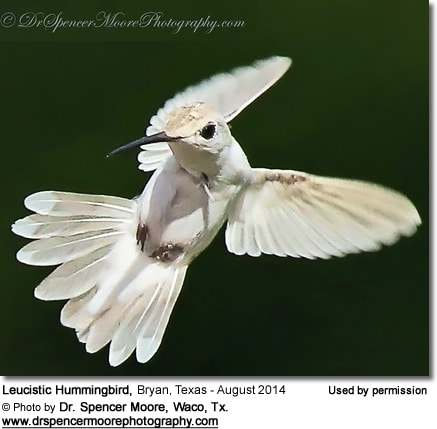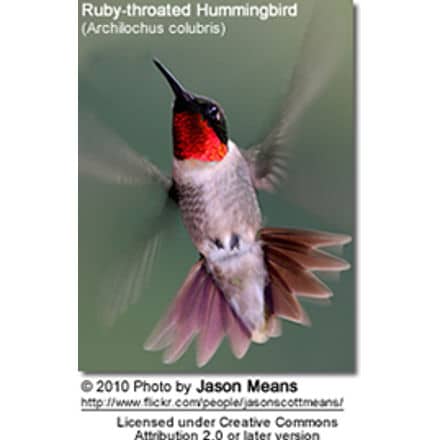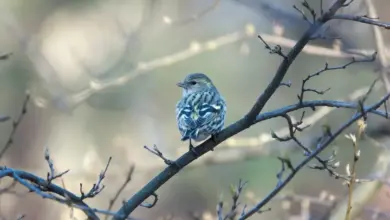Caciques
The caciques a part of the New World (Americas) blackbird family.
Distribution / Range
They are resident breeders in tropical South America and north to Mexico, where they inhabit open woodland or denser forests.
They are typically seen in small groups.
Breeding / Nesting
Most are colonial breeders. They construct long, hanging, bag-shaped nests – several of which are hung up in a tree suspended from the end of a branch.
They may choose a tree with an active wasp nest as a deterrent to predators.
The eggs are incubated by the female alone.
Description
These slim birds have long tails and a predominantly black plumage. The long pointed bill is pale greenish, yellowish or bluish – depending on species. Most adult caciques have blue eyes. Females are usually smaller than the males.
Diet / Feeding
Caciques mostly feed on large insects and fruit.
Calls / Vocalizations
These vocal birds roduce a wide range of songs, sometimes including mimicry.
Species
- Yellow-rumped Cacique, Cacicus cela
- Red-rumped Cacique, Cacicus haemorrhous
- Scarlet-rumped Cacique, Cacicus microrhynchus
- Subtropical Cacique, Cacicus (uropygialis) uropygialis
- Scarlet-rumped Cacique, Cacicus (uropygialis) microrhynchus
- Pacific Cacique, Cacicus (uropygialis/microrhynchus) pacificus
- Selva Cacique, Cacicus koepckeae
- Golden-winged Cacique, Cacicus chrysopterus
- Mountain Cacique, Cacicus chrysonotus
- Northern Mountain Cacique, Cacicus (chrysonotus) leucoramphus
- Ecuadorian Cacique, Cacicus sclateri
- Solitary Black Cacique or Solitary Cacique, Cacicus solitarius
- Yellow-winged Cacique, Cacicus melanicterus





